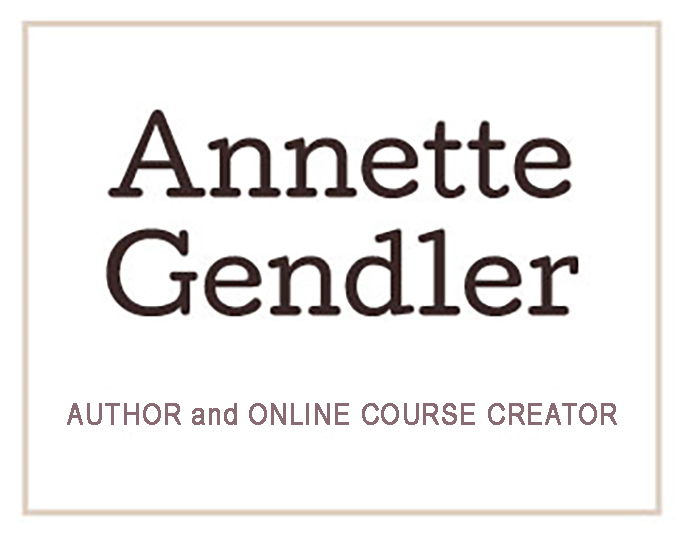Right now, this is the wall by my desk in my studio at the VCCA. I am still cutting paper into bits and pieces to work with text (see also my recent Cut and Tape post)! Right now I’m plotting; a common technique for fiction writers, but something I have never done before.
My project for my VCCA residency is to see whether I can make a picture book of a story that happened to my mother-in-law
when she was a hidden child in France during World War II. It’s been fascinating and exhilarating to try to work in a new genre and to dig into how picture books actually work.
I brought Patricia Polacco’s The Butterfly with me, a picture book about the same subject matter. I wanted to see how this book worked so that I could use it as a model. First I retyped the entire book to get a feel for how the text works: the choice of words, the structure of the sentences, and the rhythm from page to page. It also helped to get the word count, not only in total but per two-page spread.
Next I made little cards for each two-page spread and noted, in different colors, action, characters, setting, atmosphere, words, etc. Then I arranged the notecards in a row, and the structure became apparent: In every fourth scene the main character encountered an obstacle, preceded by scenes that built up to it (with foreshadowing and planting clues), and followed by a soothing scene or two of resolution. The top row on my wall are my Patricia Polacco plot cards. However, it turns out that The Butterfly is longer than what seems to be the standard for picture books, namely 24 or 32 pages, so I dropped four scenes of hers and now have, in that row of notecards, a nice model plot line of 14 scenes, allowing some pages for front and back matter.
Of course I also read up on writing picture books; a trip to Barnes & Noble in Lynchburg yielded You Can Write Children’s Books by Tracey E. Dils. I promised myself I wouldn’t get lost in “research,” namely reading craft books, because that’s an easy way not to get any writing done. But I did need a little guidance (I don’t want to be a total dilettante) and this book offered just what I was looking for: advice on how to set up a picture book, and some other considerations specific to the genre of picture books (Consider, for example: A picture book has to appeal not only to children, but also to the adults who buy them and read them to their kids.)
I don’t know if I’ll succeed in writing this picture book, but I’m having fun trying. If I don’t try, for sure I won’t succeed, right? I have Julia Cameron to thank for this attitude. Her standard reply, when writers moan about the odds of publishing a book: It’s a lot higher when you’ve actually written the book (see The Right to Write).
For now I’ve got a road map: I have to fit the story into 14 scenes with about 140 words each. The second row on my wall features slips of paper with my ideas for each episode in my story. If I manage to write three scenes a day, I’ll have a first draft by the end of this week. How’s that for structured writing?



Well, your cut and tape post as well as this one certainly are a coincidence. I have a couple of essays that I've finally decided I need to cut up and move around. Your concept of color coding topics/moods/I moments might also help. In addition, I just decided I need to buy a roll of paper to make some timelines and cork boards to do something similar to what you did for this post. All of this is because it's dawned on me that long-form writing is like baking. Sometimes you just have to put the electric mixer (computer) aside and work the dough with your hands. Oh, and congratulations on the residency.
Julie – yes, get those scissors out! I'm glad my "snippings" resonated with you.
Your mother's story would be an ideal subject to deal with.
William, it is kind of a gift, really.
I'm exhausted just reading this post!!! But good for you! I hope I get to see the finished product.
Steph, thanks, but this really wasn't that exhausting as I spread the work out over a few days.
It always amazes me how much more work goes into writing something short, as opposed to having endless words to work with. I look forward to seeing the fruits of your labor.
Jennifer, well, you know, there's that famous saying: "I didn't have the time to write something short, so I wrote something long."